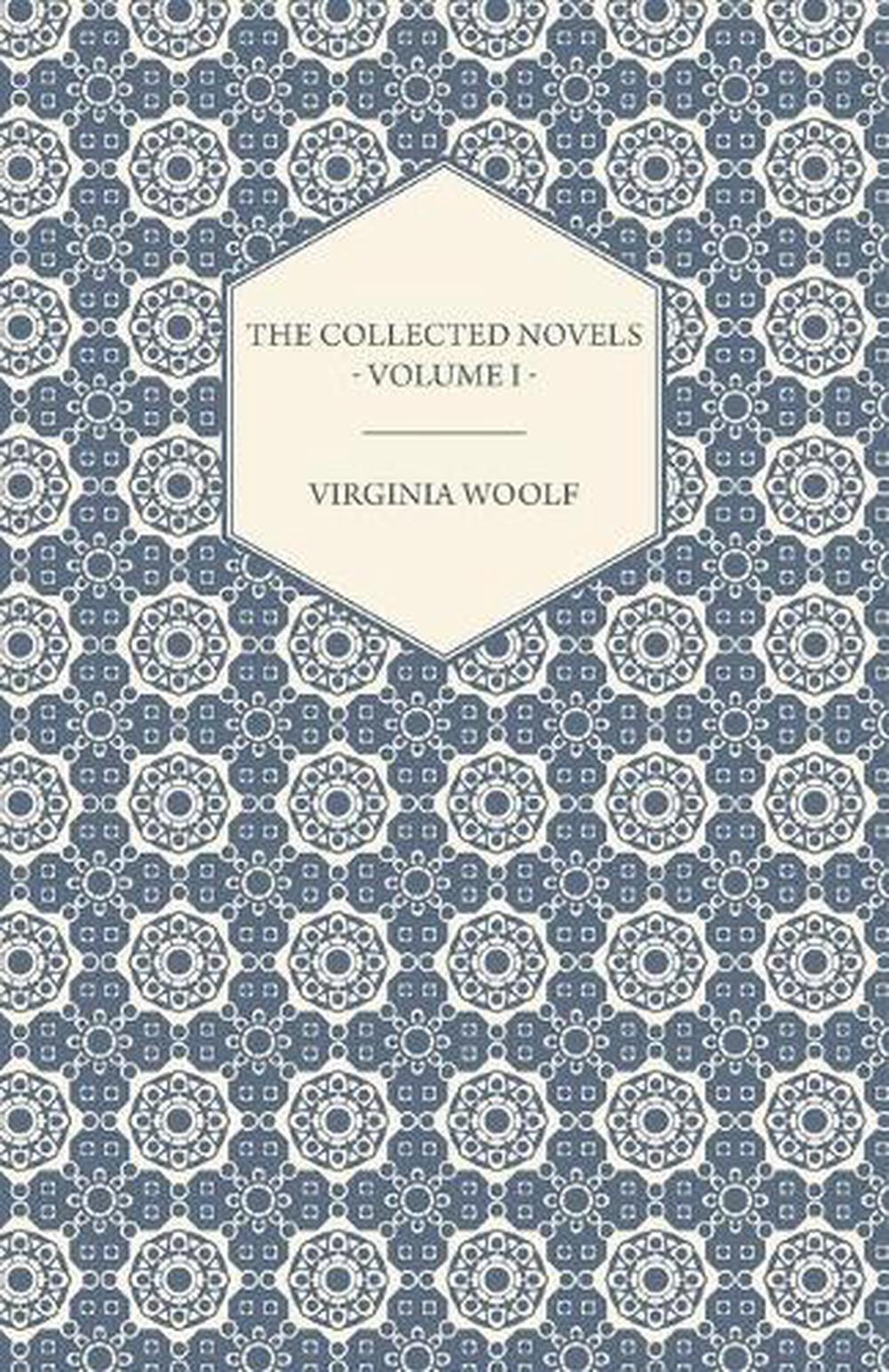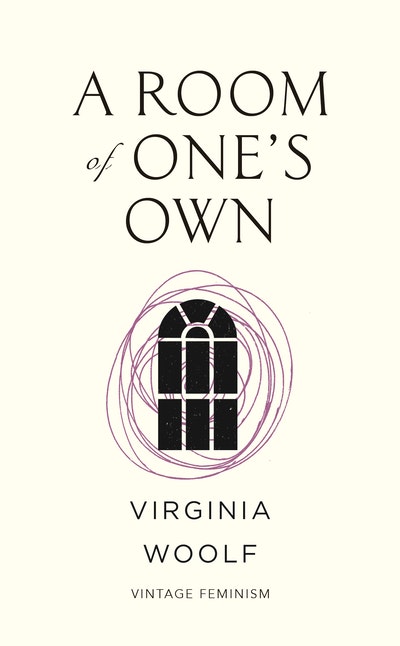
In 1917, while England was in the midst of fighting World War I, Woolf and her husband cofounded the Hogarth Press. Nearly a million British soldiers died (similar losses were experienced by all the other warring nations). About twenty million people were killed as a direct result of the war. It involved nearly every European country and, eventually, the United States. The Hogarth Press In 1914, World War I began, a devastating conflict that involved carnage on an unprecedented scale. By the latter year, however, she was becoming absorbed in work on her first novel, eventually published in 1915 as The Voyage Out. Woolf's letters and diaries reveal that journalism occupied much of her time and thought between 19. Her first published works-mainly literary reviews-began appearing anonymously in 1904 in the Guardian, a weekly newspaper for Anglo-Catholic clergy. Woolf flourished in the unconventional atmosphere that she and her siblings had cultivated.įinancial Need Catalyzes Literary Output The need to earn money led her to begin submitting book reviews and essays to various publications. Here she met Leonard Woolf, the author, politician, and economist whom she married in 1912.

A complex network of friendships and love affairs developed, serving to increase the solidarity of what became known as the Bloomsbury Group. Forster congregated for lively discussions about philosophy, art, music, and literature. Keynes, Lytton Strachey, Roger Fry, and E.

Their house became a gathering place where such friends as J. Woolf received no formal education, but she was raised in a cultured atmosphere, learning from her father's extensive library and from conversing with his friends, many of whom were prominent writers of the era.įormation of the Bloomsbury Group Following the death of her father in 1904, Woolf settled in the Bloomsbury district of London with her sister and brothers. Although her brothers, Thoby and Adrian, were sent to school, Virginia and her sister, Vanessa, were taught at home by their parents and by tutors. Works in Biographical and Historical ContextĮarly Life in an Unconventional and Literary Atmosphere Born in London, Virginia Woolf was the third child of Julia and Leslie Stephen. Concerned primarily with depicting the life of the mind, Woolf revolted against traditional narrative structures and developed her own highly individualized style of writing. She also wrote book reviews, biographical and autobiographical sketches, social and literary criticism, personal essays, and commemorative articles treating a wide range of topics.


One of the most prominent literary figures of the twentieth century, Virginia Woolf is chiefly renowned as an innovative novelist.


 0 kommentar(er)
0 kommentar(er)
